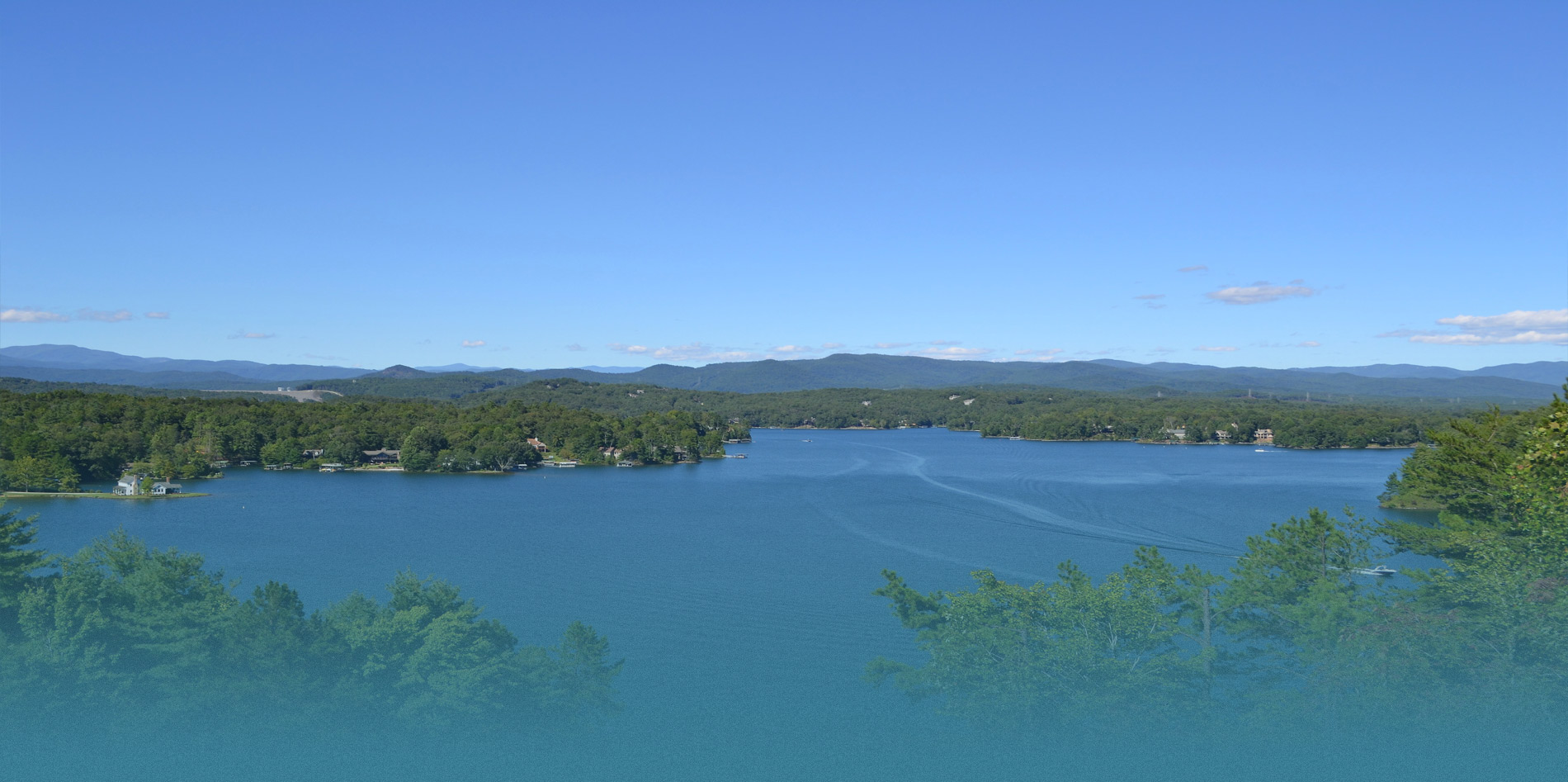Oconee County
Oconee County, located in the northwest corner of South Carolina on the edge of the Blue Ridge Mountains, takes its name from a Cherokee word meaning "land beside the water."
Originally, this area was home to the Cherokees, but their land was ceded through treaties signed in 1777 and 1816. Following the American Revolution, several war heroes moved to present day Oconee County including Andrew Pickens (1739-1817), Robert Anderson (1741-1813), and Benjamin Cleveland (1738-1806).
After the American Revolution, settlers from other parts of the state began moving in, including German settlers from Charleston who founded the town of Walhalla in 1850. In 1856, work began on a tunnel for the Blue Ridge Railroad that would have linked Charleston with Knoxville, Tennessee. The project proved to be more expensive and difficult than anticipated and all work ceased with the onset of the Civil War. The unfinished Stumphouse Tunnel can still be seen today just northwest of Walhalla.
Following World War 2, Oconee County witnessed many changes. The construction of I-85 along the southern portion of the county boosted industry by allowing quick access to nearby hubs like Atlanta and Charlotte. In 1962 the Hartwell Dam and Lake project was completed and Oconee began to flourish as a recreational destination. Just 10 years later the construction of the Oconee Nuclear Station by Duke Power created lakes Jocassee and Keowee, along with more jobs and recreational opportunities. Today, Oconee visitors and residents enjoy the rich cultural and geographic diversity of the Mountain Lakes Region.
Website Resources:
Oconee Chamber of CommerceCity of Seneca
Oconee County Tax Office
Oconee Medical Center
Oconee County Schools
Greenville Spartanburg Airport
Seneca Weather

